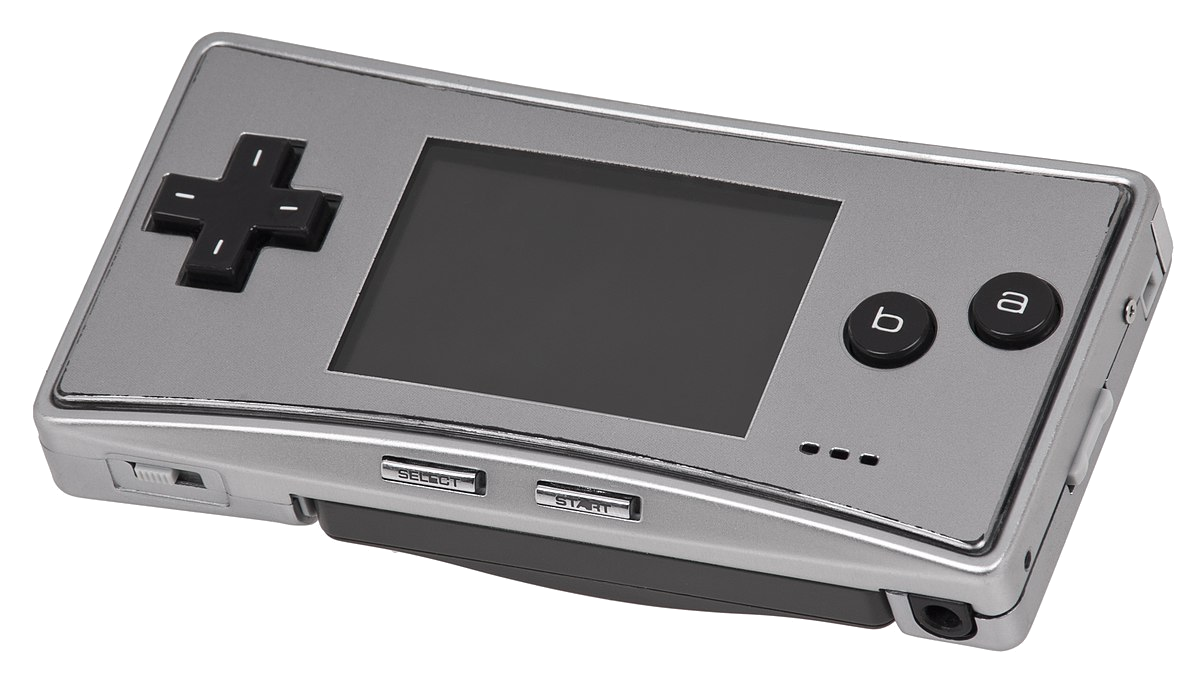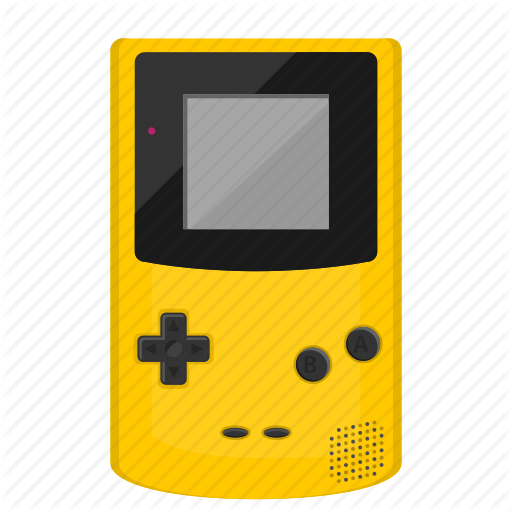History of The Gameboy
Gameboy
( original DMG )
Released: April 21, 1989
The original Gameboy (also known as the Dot Matrix Grid or DMG Gameboy) was a handheld 8-bit video game console released by Nintendo. This device was an amalgam of the Nintendo Entertainment System and its predecessor: the Game & Watch. It could only display four shades of "gray", or rather, green, and did not have a back or front light of any kind (unlike many of its rivals). However, it takes just four (4) AA batteries for around 20 hours of gameplay, as opposed to the Sega GameGear which took six (6) AA batteries for around only 4 hours of gameplay. Many of it's popular titles at launch include Tetris and Super Mario Land. Source
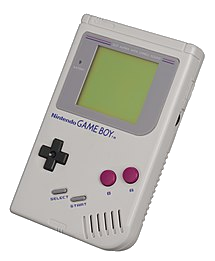
Gameboy Pocket
Released: July 21, 1996
The Gameboy Pocket was a smaller and lighter version of the original DMG Gameboy. It had a true black-and-white display as opposed to the green display of the original. This console, however, used only two (2) AAA batteries for about 10 hours of gameplay. It has improved pixel response time, which eleminates the issue of ghosting of its predecessor. Source
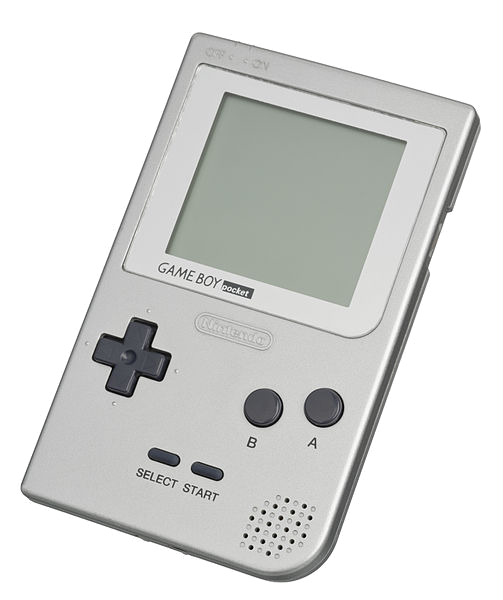
Gameboy Light
Released: April 14, 1998
Gameboy Color
Released: October 21, 1998
The Gameboy Color (GBC) is the successor to the Gameboy, featuring a color screen and backwards compatability with original Gameboy games. Original Gameboy games can be played with selectable color pallets using a button combination during the initial startup of the Gameboy. The DX (deluxe) Gameboy Color games, such as its launch title: Tetris DX, can be played in the previous non-color Gameboys (without color), and in the Gameboy Color (with color). It takes two (2) AA batteries for 10 hours of gameplay. Source
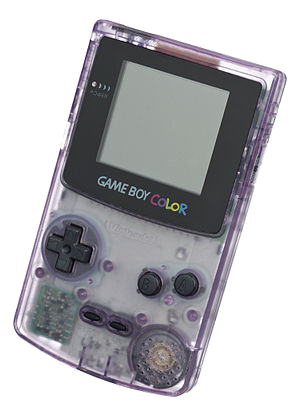
Gameboy Advance
Released: March 21, 2001
The Gameboy Advance (GBA) is the successor to the Gameboy Color. It can play original Gameboy and Gameboy Color games, as well as its own Gameboy Advance specific games. Original Gameboy games can be played with selectable color pallets just like on the Gameboy Color. The GBA had more advance graphics and better memory than its predecessors. It uses two (2) AA batteries for about 15 hours of gameplay. Source
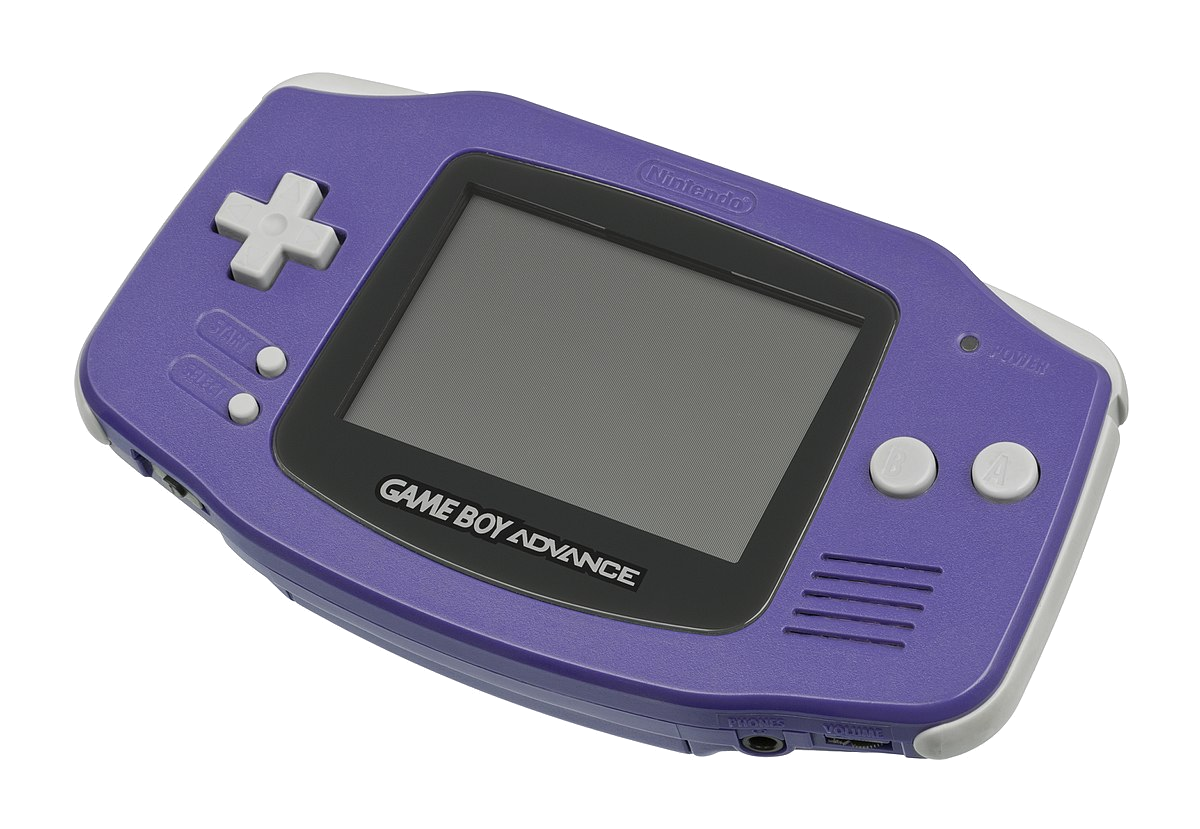
Gameboy Advance SP
Released: March 23, 2003
The Gameboy Advance SP (SPecial) is the first Gameboy to have a backlight (Gameboy Advance SP models before AGS-101 used a frontlight) and a rechargeable battery built-in. It is also the first Gameboy to not include a headphone jack, requiring a special adapter to use headphones. It can play original Gameboy, GBC, and GBA games. The clamshell (folding) design helps protect the screen from scratches and dust. Its lithium-ion battery takes around 3 hours to recharge for 10 hours of gameplay with the light off and 18 hours of gameplay with the light off. Source
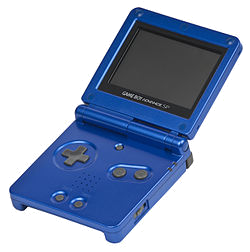
Gameboy Micro
Released: September 19, 2005
The Gameboy Micro does not have any backwards compatability. It can only play GBA games. It does, however, have an adjustable backlight, a headphone jack and a rechargeable battery. Its lithium-ion battery provides around 5 hours of gameplay with the hightest screen brightness and volume, or 8 hours of gameplay with brightness and volume on default. Source
